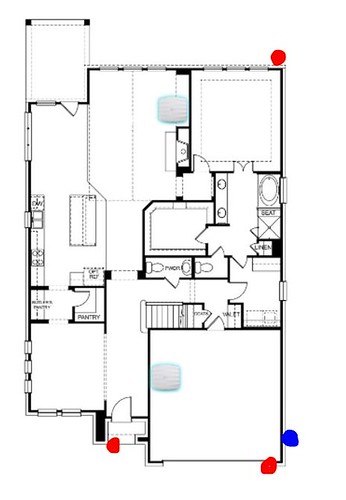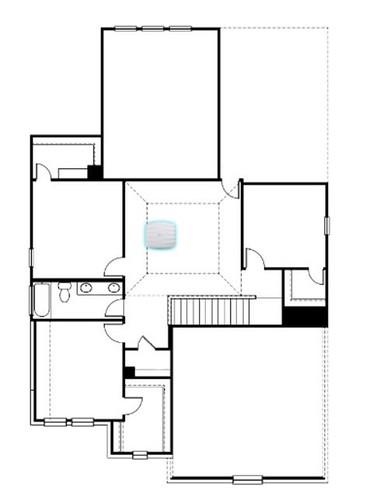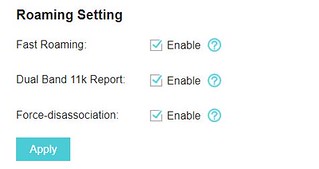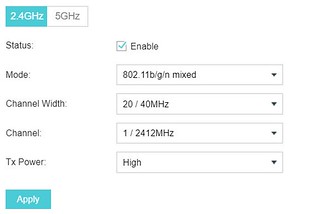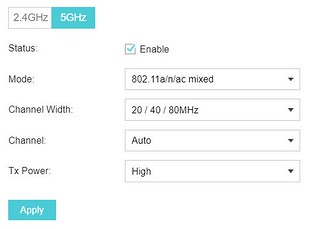I understand the coverage map is an estimator, but just wanted to get some clarification on these as this is the first time I am using one.
Below is my current coverage map. The AP was defaulted at "HIGH" for Tx power. The red area was huge.
My plan was to put on where you see it on the map in the first picture, and another in the second picture. Sorry, only one EAP245 has shown up so far, waiting for two more (1 goes upstairs).
I have it turned down to "LOW" right now, as I would like seemless roaming.
What worries me are the Nest cameras I have outside. I have two in front (one at the front door, the other on the far right side of the garage door opening).
We also use our phones in the backyard (pool) to manage our music in Sonos, so I have to make sure I get coverage there.
The yellow area after red, is this just weaker signal? Or do I want my areas completely covered in red?
Sorry for not having a full coverage map, my other two SHOULD be in tomorrow, but started to play with this now.
Also, should I be using two seperate SSIDs for 2GHz and 5GHz or just enabled the AP to do a single SSID for both?
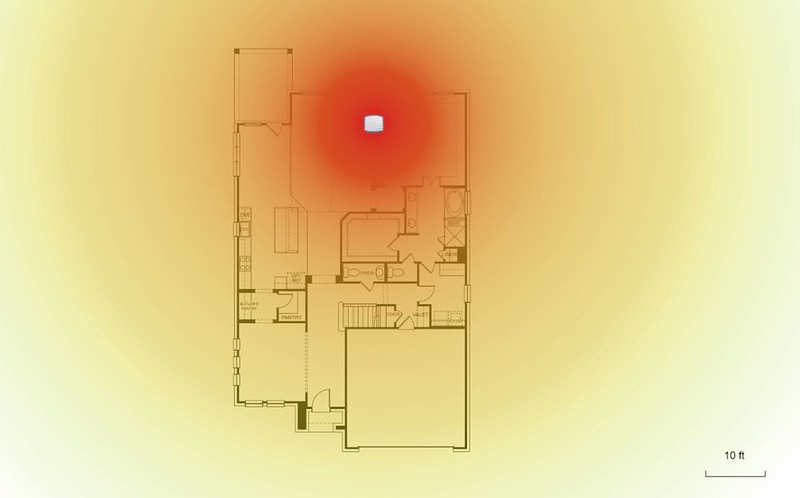
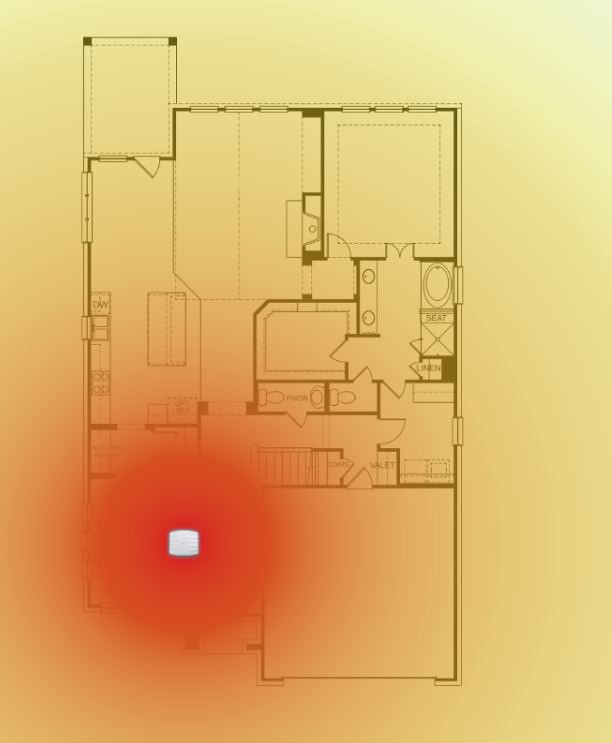
Below is my current coverage map. The AP was defaulted at "HIGH" for Tx power. The red area was huge.
My plan was to put on where you see it on the map in the first picture, and another in the second picture. Sorry, only one EAP245 has shown up so far, waiting for two more (1 goes upstairs).
I have it turned down to "LOW" right now, as I would like seemless roaming.
What worries me are the Nest cameras I have outside. I have two in front (one at the front door, the other on the far right side of the garage door opening).
We also use our phones in the backyard (pool) to manage our music in Sonos, so I have to make sure I get coverage there.
The yellow area after red, is this just weaker signal? Or do I want my areas completely covered in red?
Sorry for not having a full coverage map, my other two SHOULD be in tomorrow, but started to play with this now.
Also, should I be using two seperate SSIDs for 2GHz and 5GHz or just enabled the AP to do a single SSID for both?




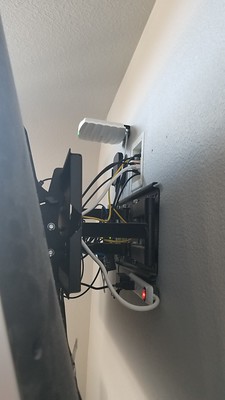
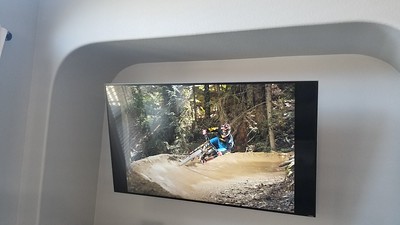
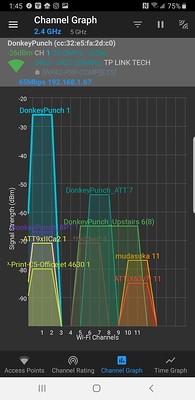

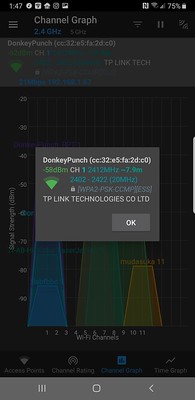
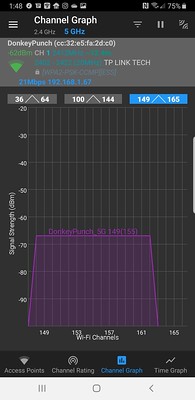
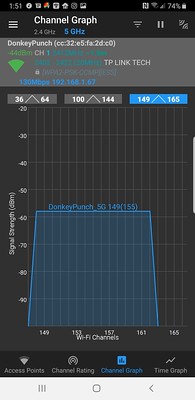

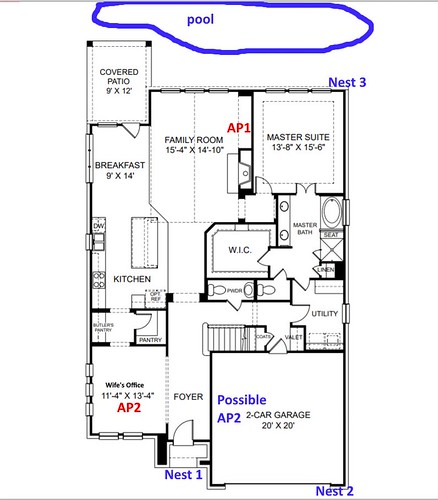 omada diagram first floor
omada diagram first floor